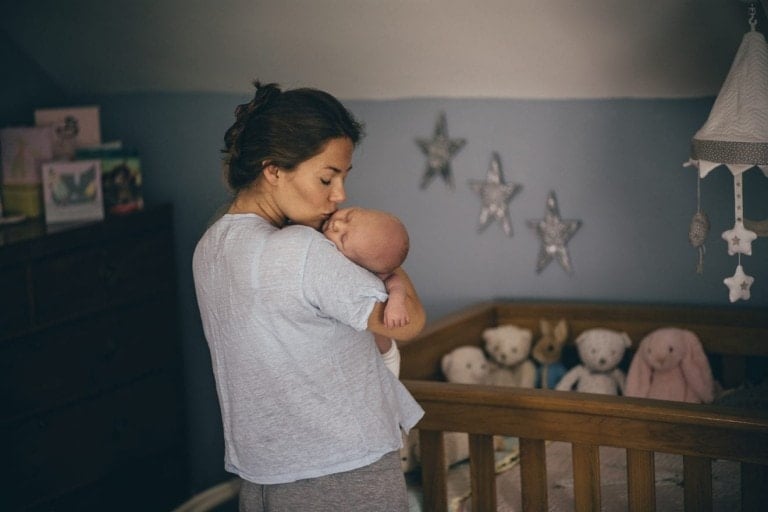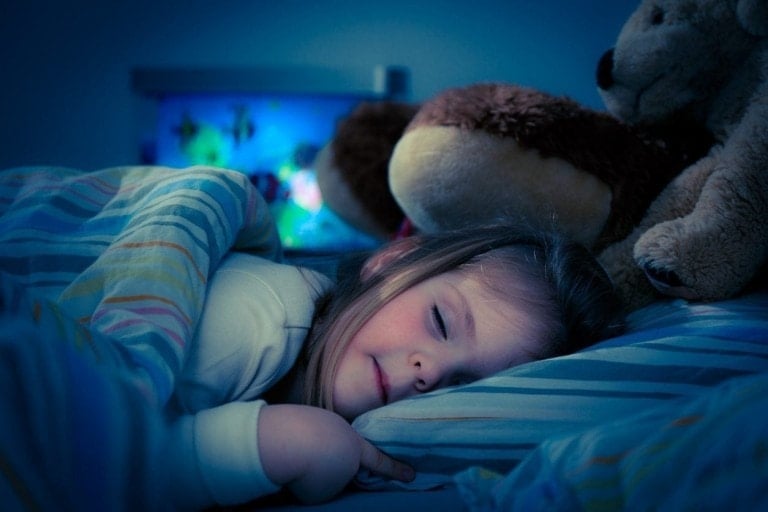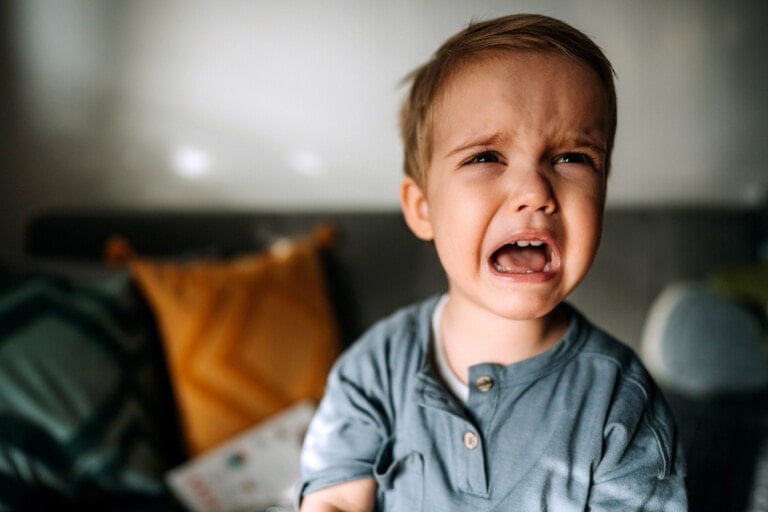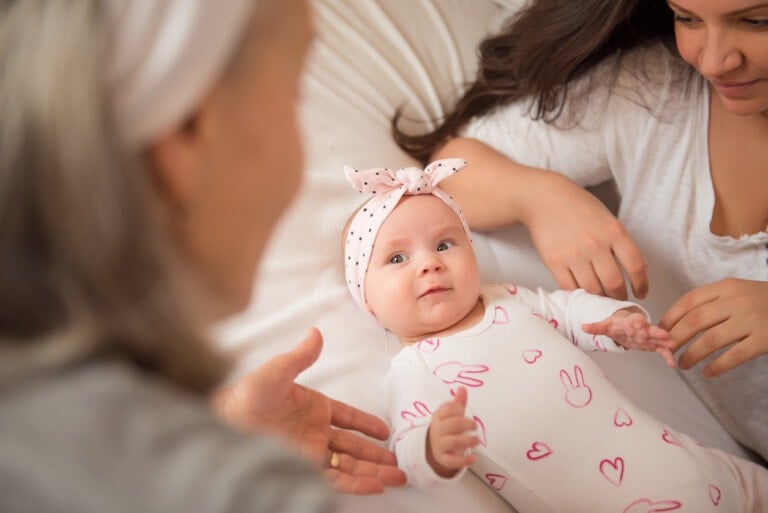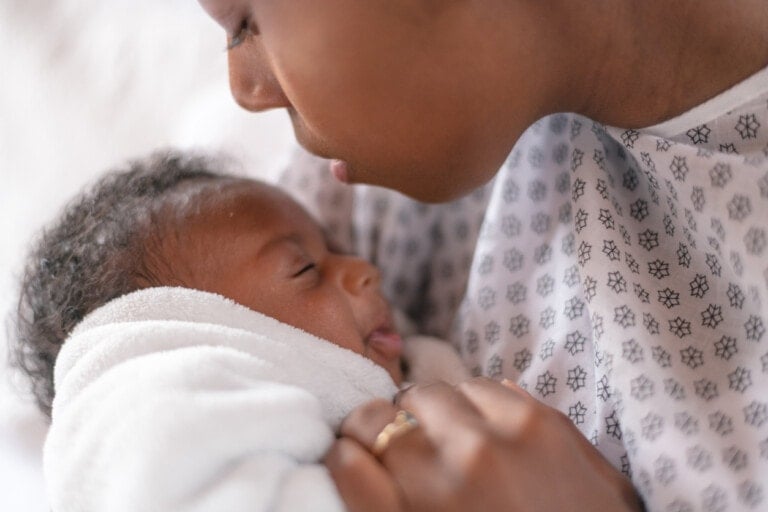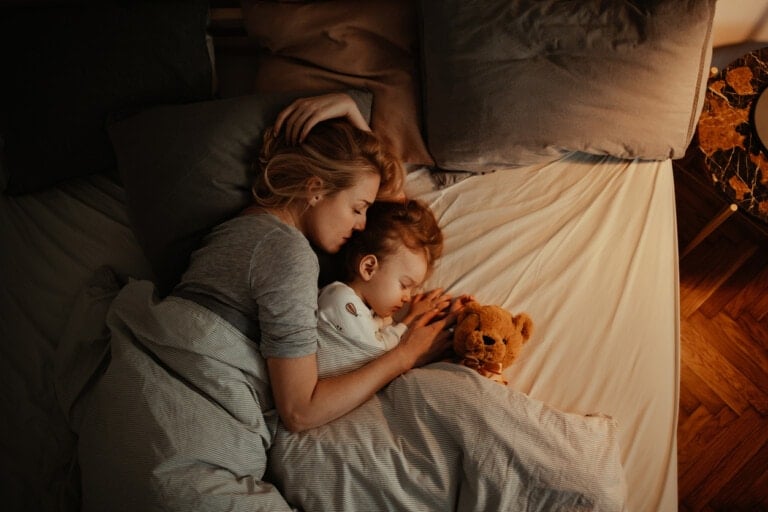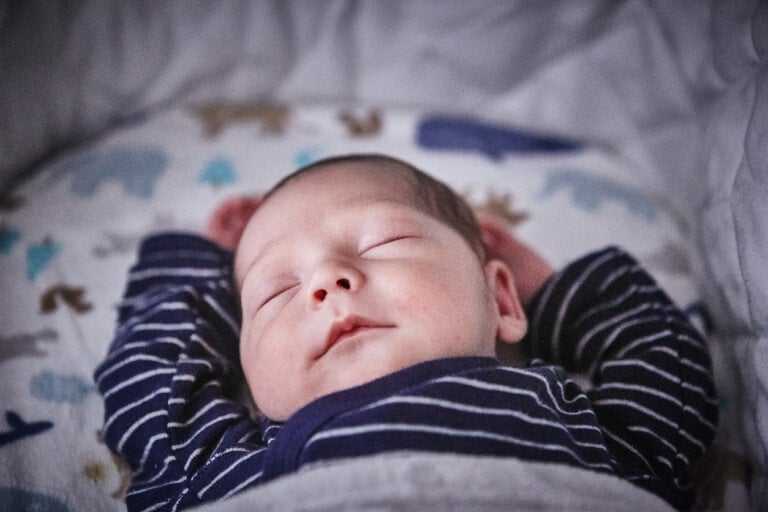A healthy and consistent relationship with sleep is one of the best gifts you can give to your baby (and yourself)! Sleep is a pillar of our health and is responsible for ensuring that many of our systems are a “go!” Keeping your baby up for long periods won’t make them sleep longer. In fact, it does the opposite!1 Therefore, one of the first steps I encourage parents to take is to learn their newborn or infant baby’s sleep cues. This is an essential part of helping them figure out sleep. Once you know what to look for, you can optimize the ideal window to put baby down for a nap or bedtime.
What Is a Sleep Cue?
A sleep cue is a signal that your baby gives when they’re getting tired and need a nap soon or if you’ve missed their ideal sleep window. There are three stages that sleep cues fall into:
Stage 1: “I’m getting tired. We should consider sleep soon.” Signals include:5
- Blank stares
- Red eyebrows
- Moving their head side to side (like they’re searching for something)
- Decreased activity
- Appearing disinterested
Stage 2: “I really need you to take me seriously and get me to sleep!” Signals include:5
- Yawning
- Rubbing their ears
- Pulling on their ears
- Getting fussy
Stage 3: “You missed the window! I’m overtired and hating every minute of it!” Signals include:5
- Arching their back
- Hysterically crying
- Clenching their fists
- Rooting
Keep in mind that your baby’s sleep cues may or may not be on this list. Each baby is unique in expressing tiredness, but it will be consistent most of the time.
Sleep Cues vs. Hunger Cues
I often see (and was guilty of with my own child before I knew any better) that parents often confuse their newborn’s sleep cues with hunger cues. Take another look at those signs of tiredness above. They look oddly similar to what babies do when they’re getting hungry, don’t they? The rooting, crying, clenching fists. These are all symptoms of a hungry baby, too.2,3
So, what can you do if you’re unsure whether your newborn or infant is exhibiting sleep cues vs. hunger cues? If your baby is acting hungry but recently ate within two hours, and it’s been a little while since their last nap, try putting them to sleep before going for another feed. If you only offer sleep once your baby is acting fussy and crying, you’ve most likely missed your ideal sleep window and will probably have an overtired baby on your hands. This results in difficulty falling asleep and staying asleep.4
Why Is It Important To Put Them Down Before They Get Overtired?
When your baby’s body and brain need sleep, and the signals are being sent out for sleep, that’s exactly what it’s expecting. If sleep doesn’t happen, the brain assumes that the body is in danger and must need assistance to stay awake and “fight off danger.” This is when it begins to pump the stress hormone cortisol through the body. This hormone will trigger your baby to be awake and stay awake, leading to a tough time falling asleep once they’ve reached this point.4
Looking for Sleep Cues
Use the chart below to determine your baby’s ideal wake window range by age. I recommend starting with the lower amount of time listed for their age and gradually adding on if needed.
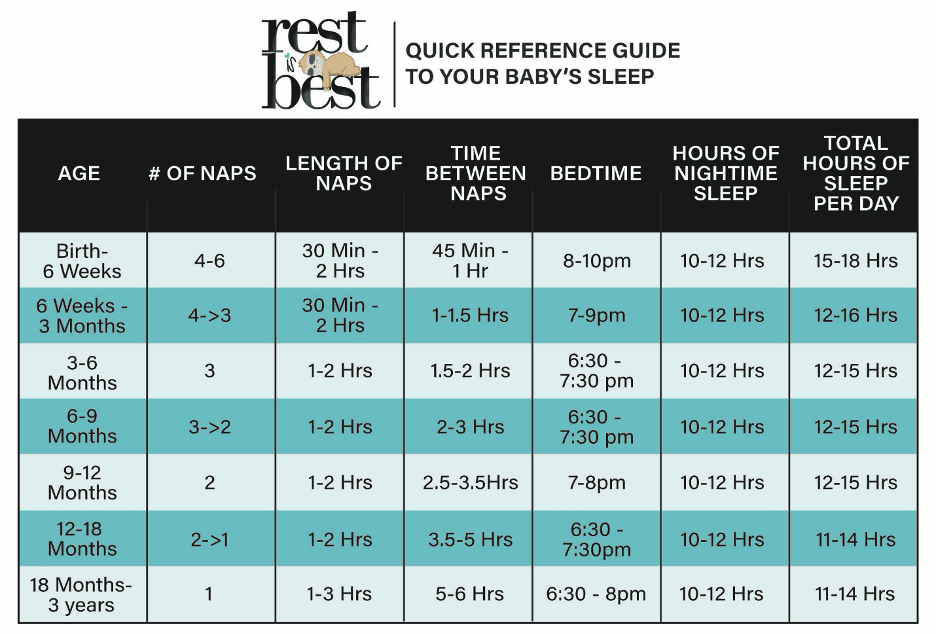
Once you’ve identified their ideal wake window, watch your baby and the clock closely. Pay attention to what your baby is doing near the end of their wake window. Are they getting quiet? Moving slower? Staring off into space? If you can say “yes” to any of these, start the naptime or bedtime routine! This is the optimal time to get baby to bed.
If they’re crying and acting frustrated and hysterical, your baby is a bit past the wake window. You can expect a bit of a struggle to get them down for sleep at this point. Either way, note how long it was and what baby was acting like. If you caught them in the first stage of sleep cues, continue using that wake window time. If you caught them in the second or third stage of sleep cues, bring your wake window earlier by five to 10 minutes next time.
Adjust as Your Baby Gets Older
As with most things regarding your baby, just when you think you’ve got it figured out, they change things up on you! As your baby gets older, their sleep cues will change.5 They may even begin not to show any sleep cues at all. Many older babies tend to seem completely fine; then suddenly, they’re riddled with overtiredness! So, it’s essential to watch their wake windows and the clock in conjunction with the cues. If your baby outgrows showing sleep cues, you’ll have the wake window and clock to rely on, which will help you determine when they need a nap.
Being in tune with your baby can alleviate a lot of stress when figuring out what they need. Pay close attention to the sleep signals they give you and take note of them. Be open and aware that your baby will require changes and adjustments to the amount of time they’re awake between each sleep. By monitoring your baby’s sleep cues, you’ll be closer to getting them (and you!) proper sleep.




















